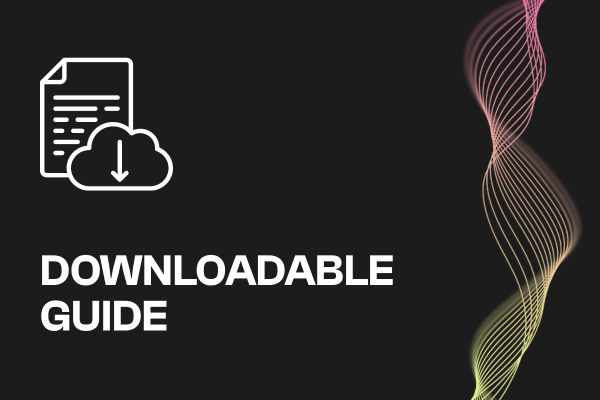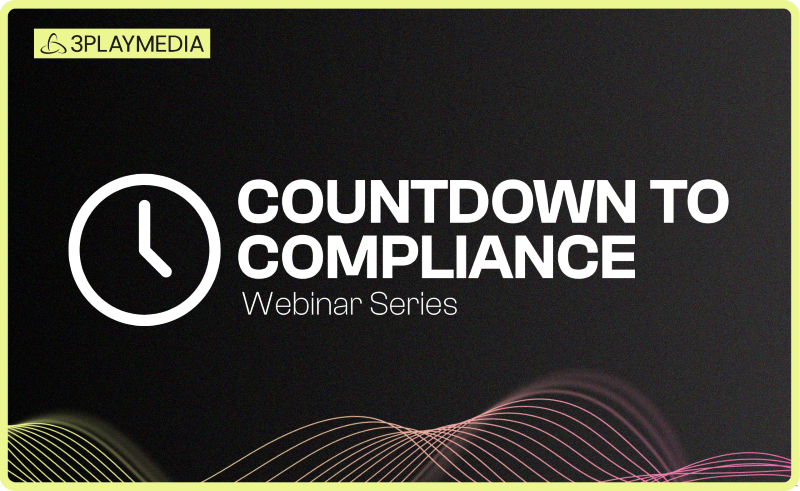- Accessibility
Making Friends: Accessibility at Scale
This event occurred on January 18, 2024 • Virtual • Free
Watch the recording:
Session Information
Large organizations are composed of thousands of glorious people across hundreds of teams, so creating an organizational culture of accessibility is no small task. Even with senior leadership focused on inclusive practices, the sheer number of people can present challenges. Together we’ll break down ways to network in-house, meet teams where they are, and drive accessibility forward as the tactical arm of disability inclusion.
Share this page
Related Resources
-
 Read more: ADA Title II Compliance Checklist
Read more: ADA Title II Compliance Checklist- Whitepaper
ADA Title II Compliance Checklist
-
 Read more: Event Planning Workbook
Read more: Event Planning Workbook- Whitepaper
Event Planning Workbook
-
 Read more: European Accessibility Act (EAA) Checklist
Read more: European Accessibility Act (EAA) Checklist- Whitepaper
European Accessibility Act (EAA) Checklist


